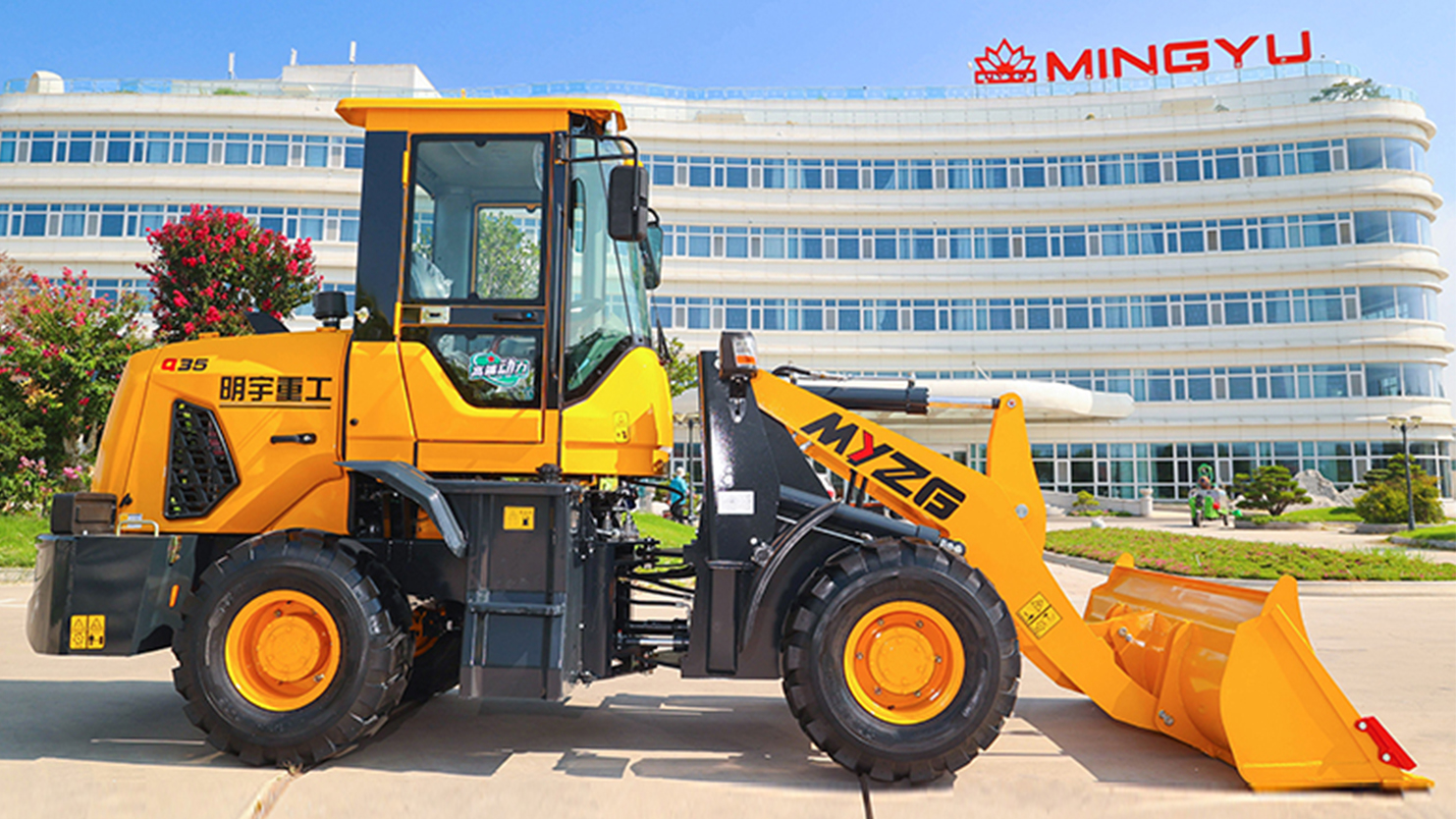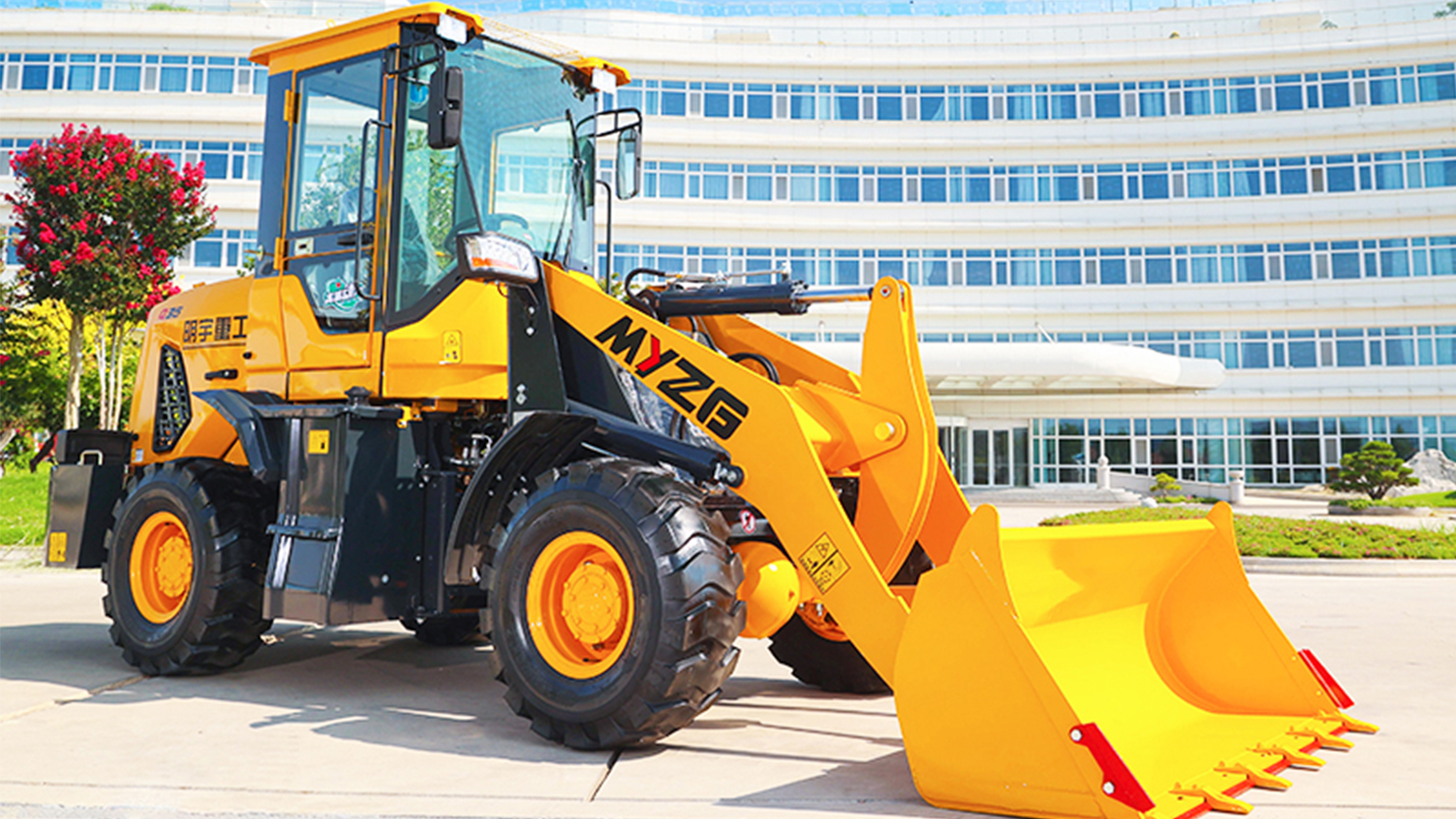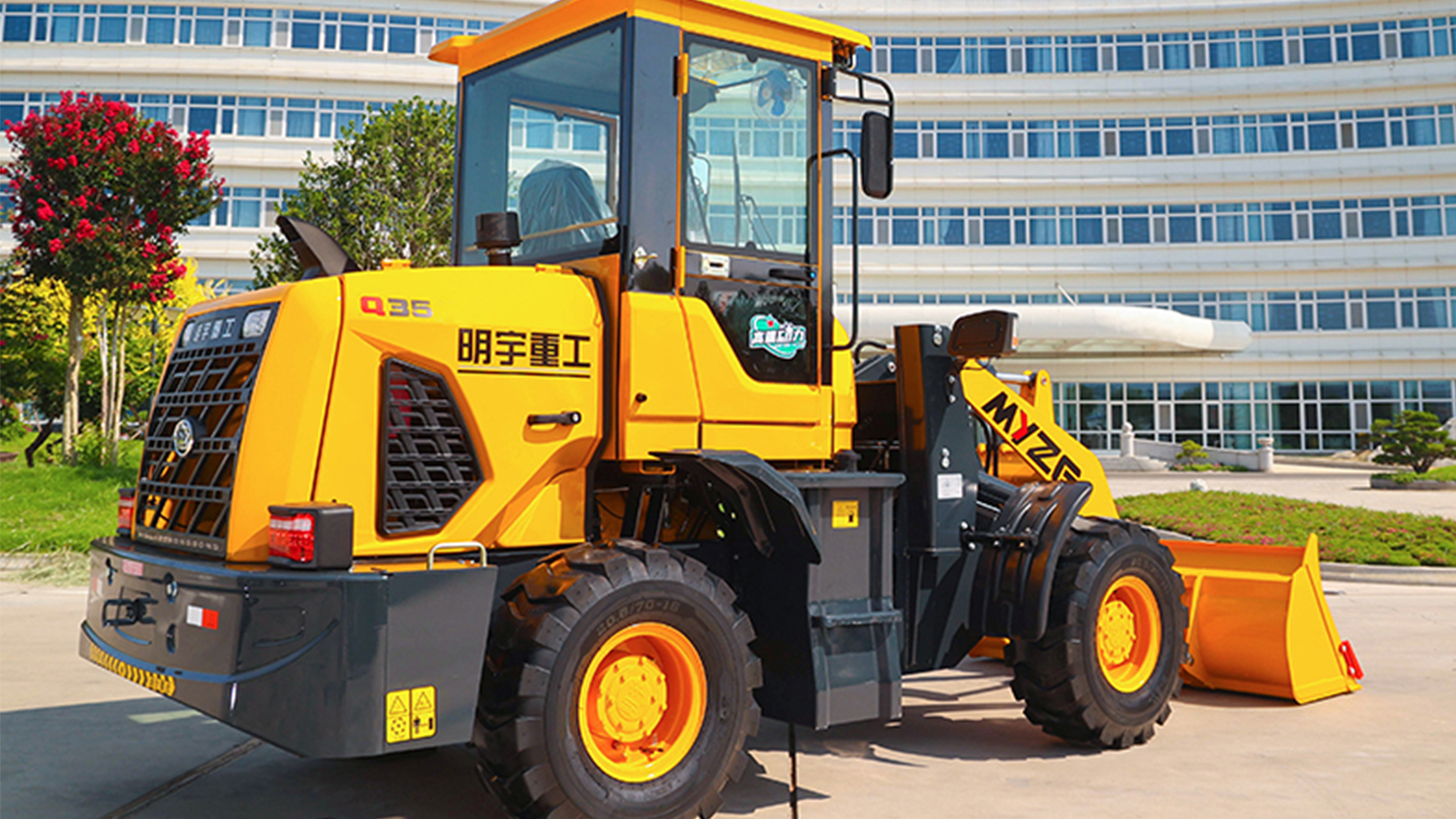I. Introduction
A. Hook: "Imagine a vast mining site, shrouded in dust and roaring with the sound of heavy machinery. Now, picture the same site, but with wheel loaders operating seamlessly, autonomously, their movements precise and tireless, even in the most challenging conditions. This isn't science fiction; it's the direction the construction and mining industries are heading. In fact, studies show that implementing autonomous systems could increase productivity by up to 30% while significantly reducing workplace accidents."
B. Briefly introduce wheel loaders and their importance in various industries (construction, mining, waste management, etc.): "Wheel loaders are the workhorses of numerous industries, responsible for moving vast quantities of material. From loading trucks in quarries to clearing debris on construction sites and handling waste in recycling plants, their versatility is undeniable."
C. State the central question: "Are autonomous wheel loaders a reality, or are they still a concept? While the technology is rapidly advancing, the question remains: have we truly reached the point of full, reliable autonomy in these complex machines?"
D. Briefly outline the article's structure and what readers will learn: "This article will delve into the current state of wheel loader automation, explore the underlying technologies driving this revolution, address the significant challenges that remain, and offer a glimpse into the future of autonomous operations. We'll examine real-world applications, dissect the technical complexities, and consider the broader implications of this transformative technology."
II. The Current State of Wheel Loader Automation
A. Define "autonomous" in the context of wheel loaders. Differentiate between:
Remote operation: "Remote operation involves human operators controlling the wheel loader from a distance, often via a control center. This offers increased safety in hazardous environments but still relies on human input."
Assisted operation (e.g., GPS guidance, collision avoidance): "Assisted operation incorporates technologies like GPS for precise navigation, collision avoidance systems to prevent accidents, and load monitoring to optimize performance. These systems enhance operator capabilities but don't eliminate the need for human control."
Full autonomy (Level 4 and 5): "Full autonomy, or Levels 4 and 5, implies that the wheel loader can operate independently, without human intervention, in defined environments. Level 4 might still have geofencing, level 5 can operate anywhere."
B. Review existing technologies and systems:
GPS and LiDAR for navigation: "GPS provides accurate positioning, while LiDAR creates detailed 3D maps of the environment, enabling precise navigation and obstacle detection."
Sensor fusion for object detection: "Sensor fusion combines data from multiple sensors (cameras, radar, LiDAR) to create a comprehensive understanding of the surroundings, improving object recognition and tracking."
AI and machine learning for decision-making: "AI algorithms analyze sensor data and make real-time decisions, such as path planning, load optimization, and obstacle avoidance. Machine learning enables the system to learn and adapt over time."
Telematics and remote control systems: "Telematics provides remote monitoring of machine performance and health, while remote control systems allow operators to intervene when necessary."
C. Highlight current applications and pilot projects:
Case studies of companies deploying semi-autonomous or remote-controlled loaders: "Companies like Caterpillar and Komatsu have developed semi-autonomous systems used in mining operations, where repetitive tasks and controlled environments make automation more feasible. For example, some mines are using remote operated loaders in dangerous areas."
Examples from mining, construction, or waste management sites: "In waste management, remote-controlled loaders are used to handle hazardous materials, while in construction, GPS-guided systems enhance precision in earthmoving tasks."
D. Discuss the limitations of current systems:
Environmental challenges (dust, weather): "Dust, rain, and extreme temperatures can impair sensor performance and reduce the reliability of autonomous systems."
Complexity of dynamic worksites: "Construction and mining sites are constantly changing, with moving equipment, fluctuating material piles, and unpredictable human activity. This dynamic environment poses a significant challenge for autonomous navigation."
Safety concerns and regulatory hurdles: "Ensuring the safety of autonomous wheel loaders in complex environments is paramount. Regulatory frameworks are still evolving, and widespread adoption requires robust safety certifications."
III. The Technology Behind Autonomous Wheel Loaders (Approx. 400 words)
A. Navigation and Positioning:
GPS accuracy and limitations: "While GPS provides global positioning, its accuracy can be affected by signal interference and atmospheric conditions. Differential GPS and RTK (Real-Time Kinematic) provide greater accuracy but require additional infrastructure."
LiDAR and radar for obstacle detection and mapping: "LiDAR uses laser pulses to create detailed 3D maps, while radar uses radio waves to detect objects in various weather conditions. Combining these technologies enhances obstacle detection and navigation."
Inertial measurement units (IMUs): "IMUs track the wheel loader's orientation and movement, providing crucial data for navigation and stability control."
Visual odometry: "Visual odometry uses cameras to analyze the wheel loaders movement by comparing images, and estimating movement."
B. Perception and Object Recognition:
Camera systems and image processing: "High-resolution cameras capture images of the surroundings, which are then processed using computer vision algorithms to identify and classify objects."
Deep learning for object classification and tracking: "Deep learning models are trained on vast datasets to recognize and track objects, such as humans, vehicles, and obstacles, with high accuracy."
Sensor fusion for enhanced perception: "Combining data from different sensors, such as cameras, LiDAR, and radar, creates a more robust and reliable perception system, reducing the risk of errors."
C. Control and Decision-Making:
AI algorithms for path planning and task execution: "AI algorithms generate optimal paths for the wheel loader, considering factors such as terrain, obstacles, and task requirements. They also control the loader's movements and actions, such as lifting and dumping."
Real-time data processing and response: "Autonomous systems require real-time data processing to react quickly to changes in the environment. High-performance computing platforms and efficient algorithms are essential for this."
Fail-safe mechanisms and emergency protocols: "Robust fail-safe mechanisms and emergency protocols are crucial for ensuring safety. These systems can detect malfunctions and initiate emergency stops or other safety measures."
D. Communication and Connectivity:
5G and other wireless technologies for data transmission: "5G and other high-bandwidth wireless technologies enable fast and reliable data transmission between the wheel loader and control centers, facilitating remote monitoring and control."
Cloud-based platforms for data analysis and remote monitoring: "Cloud-based platforms store and analyze data from the wheel loader, providing insights into performance, maintenance needs, and operational efficiency."
Cybersecurity concerns: "With increased connectivity, cybersecurity becomes a major issue. Protecting the autonomous systems from hacking is vital."
IV. Challenges and Obstacles to Full Autonomy (Approx. 400 words)
A. Technical Challenges:
Reliability in harsh environments: "Ensuring the reliability of sensors and systems in extreme conditions, such as dust storms, heavy rain, and extreme temperatures, is a major challenge."
Handling unexpected events and dynamic changes: "Autonomous systems must be able to adapt to unexpected events, such as sudden changes in traffic patterns or the appearance of unforeseen obstacles."
Achieving seamless integration with other equipment: "Integrating autonomous wheel loaders with other equipment, such as trucks and excavators, requires seamless communication and coordination."
B. Economic and Business Challenges:
High initial investment and ROI considerations: "The initial investment in autonomous wheel loaders can be significant, and companies need to carefully evaluate the return on investment."
Training and workforce adaptation: "Implementing autonomous systems requires training for operators and maintenance personnel, as well as adapting the workforce to new roles and responsibilities."
Liability and insurance issues: "Determining liability in the event of an accident involving an autonomous wheel loader is a complex legal issue, and insurance companies are still developing policies for this technology."
C. Regulatory and Legal Challenges:
Lack of standardized regulations for autonomous construction/mining equipment: "The lack of standardized regulations for autonomous construction and mining equipment creates uncertainty and hinders widespread adoption."
Safety certifications and approvals: "Obtaining safety certifications and approvals for autonomous systems can be a lengthy and complex process."
Data privacy and security concerns: "Autonomous systems generate vast amounts of data, raising concerns about data privacy and security."
D. Social and Ethical Considerations:
Impact on employment and workforce displacement: "The widespread adoption of autonomous wheel loaders could lead to job displacement in certain sectors, requiring careful consideration of workforce retraining and redeployment."
Public perception and acceptance of autonomous machines: "Gaining public trust and acceptance of autonomous machines is crucial for their successful implementation."
Ethical programming and decision making of the machines: "How should an autonomous vehicle decide between two bad outcomes? These ethical dilemmas must be answered."
V. The Future of Autonomous Wheel Loaders (Approx. 400 words)
A. Predictions for the next 5-10 years
Post time:Mar.21.2025



